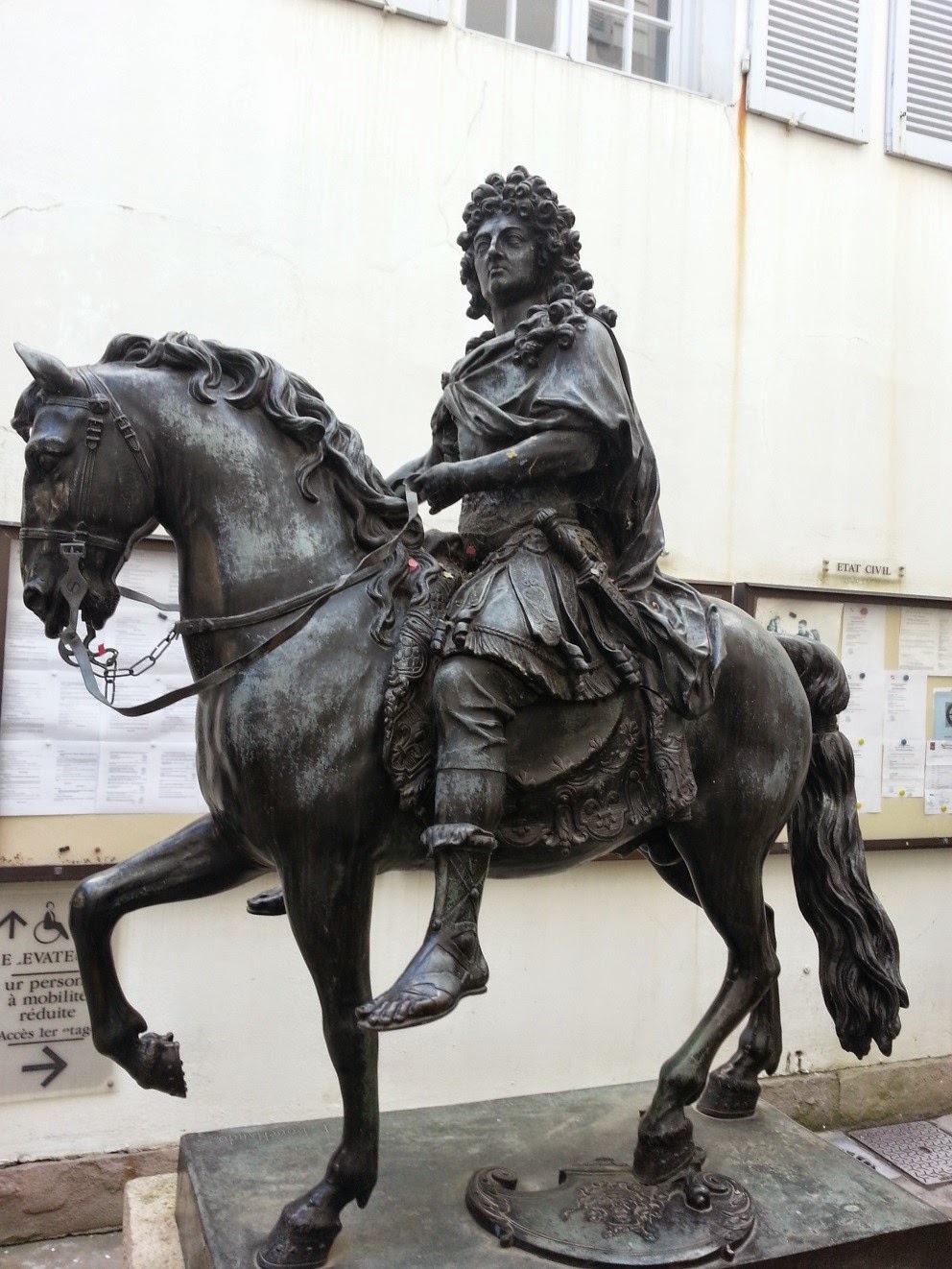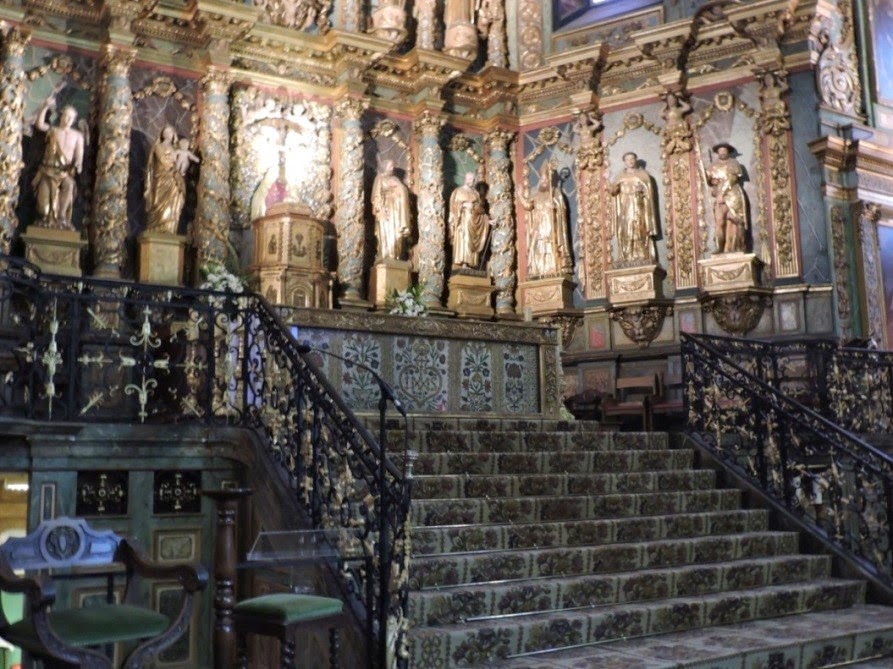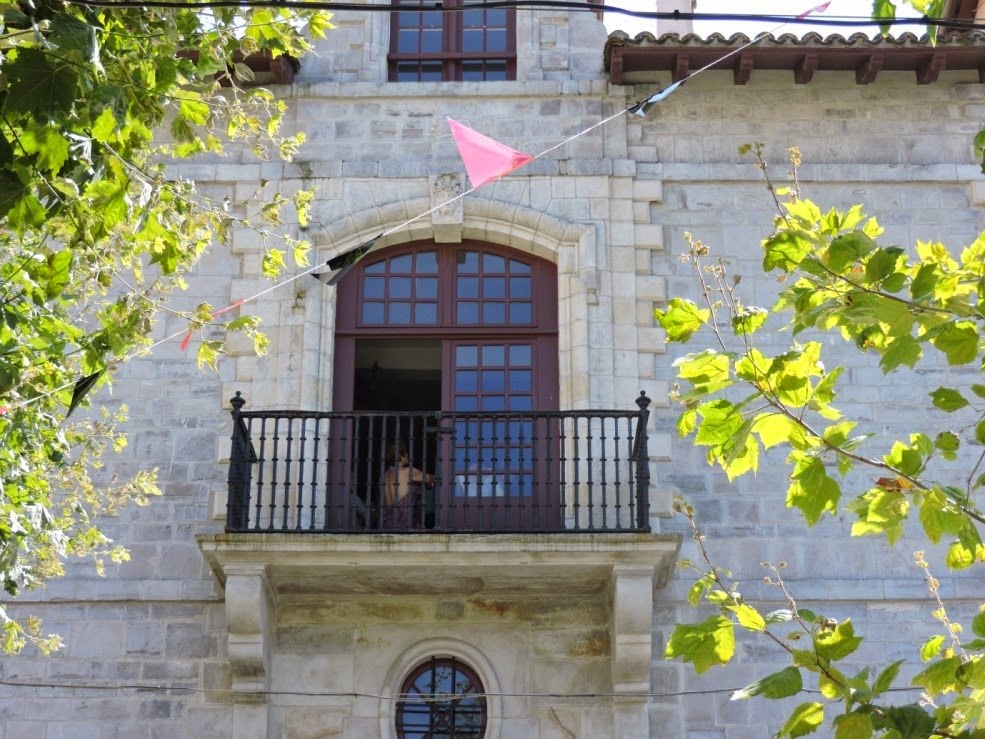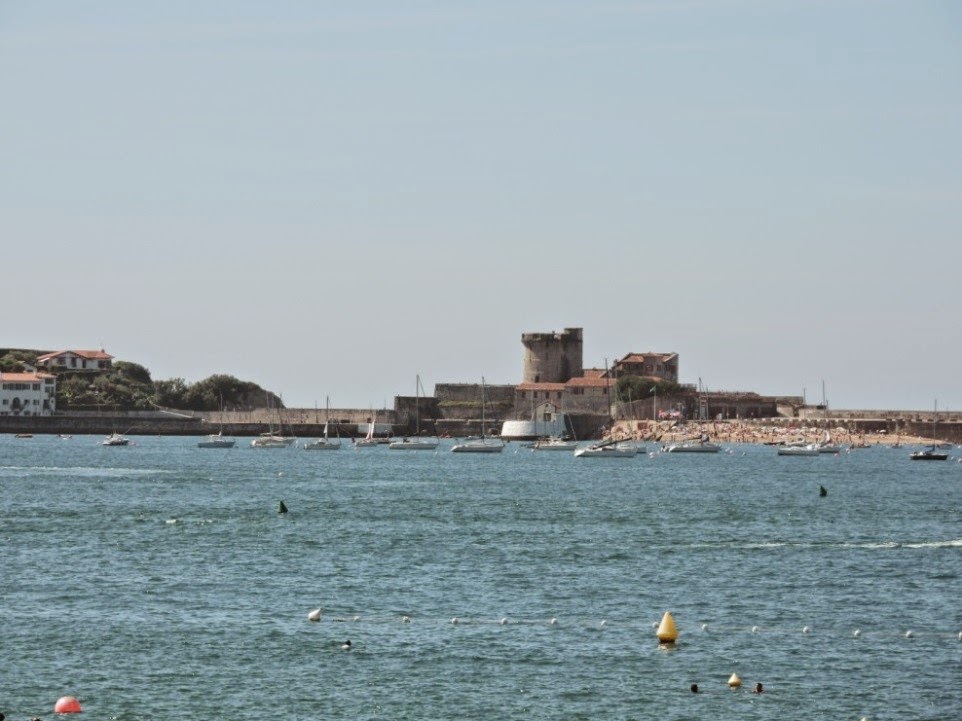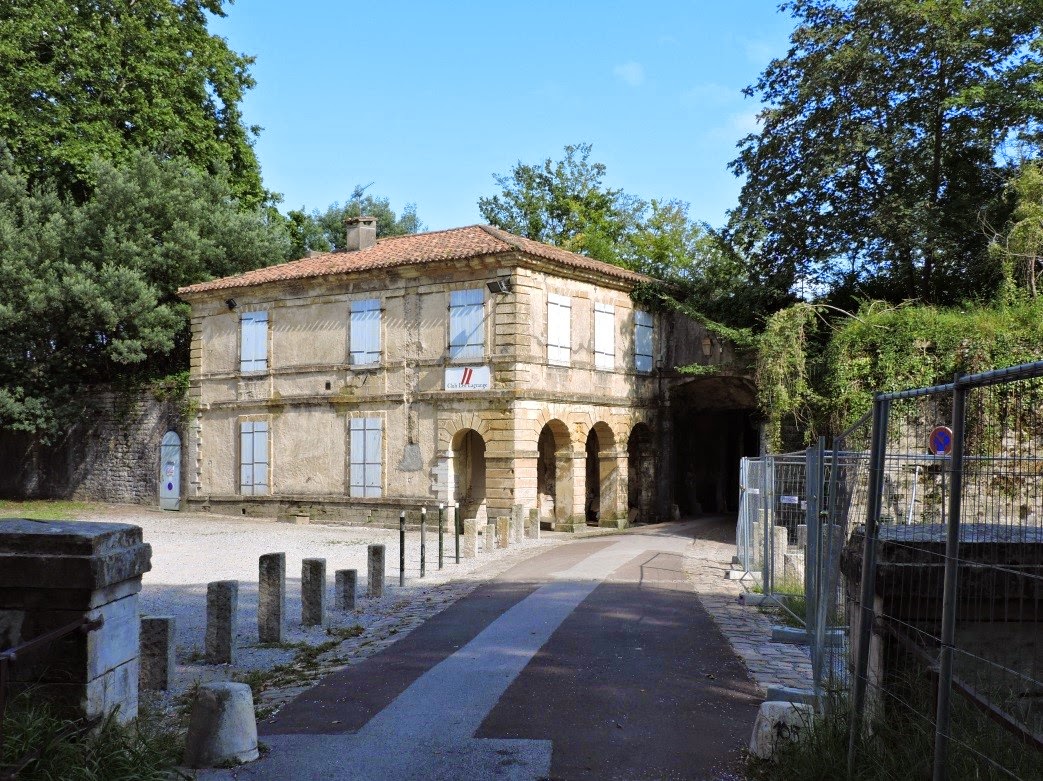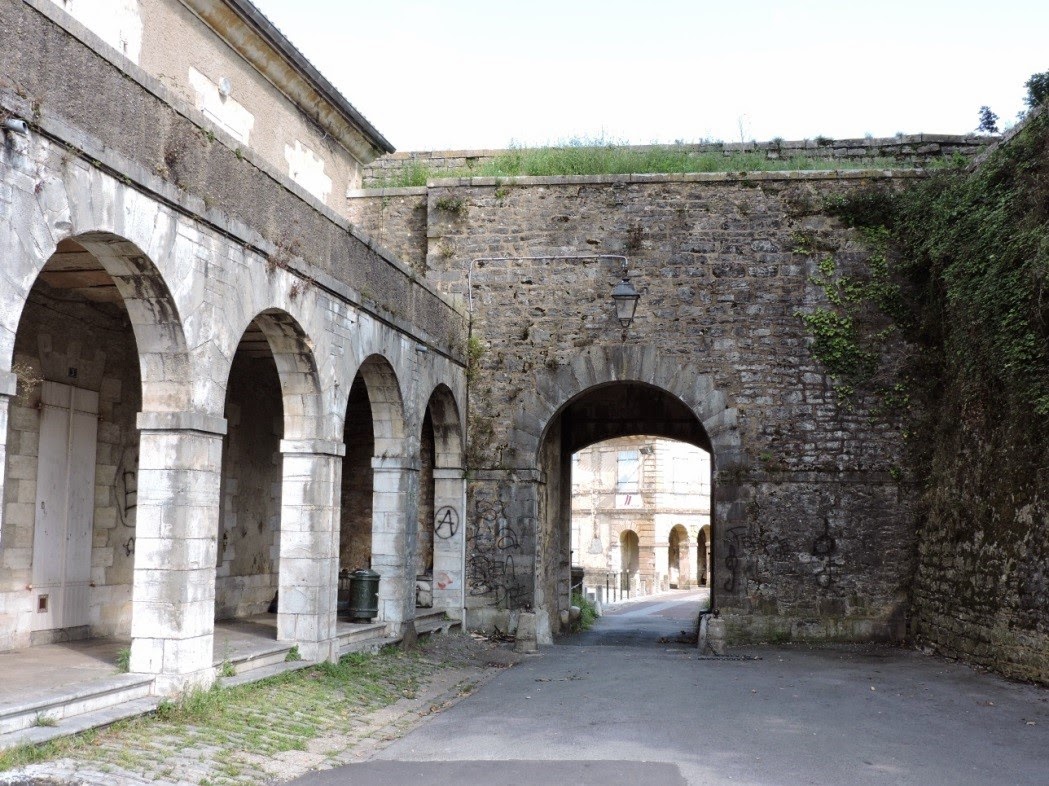You can see the first part of Peter's article here!
Peter Allport - This life-size equestrian statue of Louis XIV is in St Jean de Luz in south west France. It is rather hidden away in a narrow corridor at the entrance to the small Hotel de Ville. It is not prominently out in the square opposite the house where Louis stayed in 1660 before, during and after his marriage to the Spanish Infanta, Maria-Theresa of Austria.
Peter Allport - This life-size equestrian statue of Louis XIV is in St Jean de Luz in south west France. It is rather hidden away in a narrow corridor at the entrance to the small Hotel de Ville. It is not prominently out in the square opposite the house where Louis stayed in 1660 before, during and after his marriage to the Spanish Infanta, Maria-Theresa of Austria.
To me this statue, with Louis dressed in the fashionable 17th
century style of a Roman emperor, consummately displays Power – the power of
unopposed Royalty – the power that comes from the successful pursuit of ‘la
Gloire’. This horse statue demonstrates the
authority of a Commander-in- Chief of the greatest army in Europe, if not the
known world, that would remain mostly undefeated for 50 years until its astonishing reverse on the soggy
fields beside the Danube at a small town called Blindheim.
Louis and his entourage stayed in this small stone house –
the property of a local trader who had made good in the fish business. Louis and his wife to be were only 22. The rooms are
small and unpretentious. A fitting start-point for a long and happy partnership
– despite a string of mistresses – Louis said of Maria-Theresa on her deathbed–
‘it is the only thing she has ever done to disappoint me…’
They were married in the church of St John the Baptist. On
this altar below the couple knelt. The church and Reredos are in the heavy ‘Spanish
Catholic’ baroque – with wooden galleries on either side for the men. This
style is over-the-top for most north European tastes – but magnificent, evocative
and inspirational to the local citizens. There is the smell of incense and the
low hum of a chanting choir - today provided electronically by a cd… but now,
as in the 17th century, the effect is to be overwhelmed by the
painting, gilding and decoration – unimaginable wealth went into creating it…
After their marriage in this church of St John, the doorway
they passed through was bricked up – so it could never be used again. The happy
couple repaired back to what is now the Maison Louis XIV and stood on this
balcony to throw specially-minted coins to the expectant crowds below. A celebration of the union of the French and
Spanish kingdoms and the ending of a long war which was accompanied by the
signing of the Treaty of the Pyrenees on a nearby island in the river Bidassoa…
Across the bay is the small round fort of Socoa. Built by
Vauban it serenely guards the harbour. Its thick walls were designed to resist
the waves of the great Atlantic Ocean. Several times the town of St Jean de Luz
was inundated. Now a huge beach wall has been built to defend the town and
harbour. In the seventeenth century the magnificent bay of St jean de Luz was
the base for Gascon corsaires - famous
pirates who were the scourge of shipping
across that gulf – the English nicknamed the bay ‘ the nest of vipers’.
Vauban was a good friend of Renau d’Elissagarray – the
leader of this legendary troop…
The indefatigable Vauban had a simple philosophy of life: ‘the
first of all benefits is health; the second is cooked bread; the third Liberty;
the fourth good friends; the fifth a woman to one’s taste – all the rest is
fantasy…!’
What would be the
League of Augsburg members list of the best 5 things in life...?
Back in Bayonne, Vauban’s legacy survives in the superbly
preserved walls and bastions that surround the City. He built the citadel (seen
in Part One) on the hill above the river Adour. A strong hexagon sitting
separate and above the city’s enceinte...
A walk round these ramparts is a delight. They give you a
sense of scale and permanence. The citizens behind these walls after Vauban’s
improvements no doubt felt secure and able to resist whatever a likely enemy
(always coming from the South – across the Pyrenees) could throw at them.
The route to Spain, an ancient and important corridor beside
the sea to the mountains was a key artery that Vauban had to protect. He built
this impressive South gateway which signals the importance of the road.
Vauban was truly inexhaustible. At Bayonne he added Courtines
and Demi-lunes. Elaborate Bastions and Ravelins – all designed to defend the
city against any enemy. Today these works stand monument to the man and his
efforts.
The walls and earthen fortifications are simply massive –
overwhelming and powerful – able to resist whatever artillery and form of
attack could be thrown at them.
Casemates and guardhouses were built. All in a consistent
‘massive’ style providing security but also 17th and 18th
century proportion and architectural style.
Bastions, Hornworks, Ravelins, Counterguards, Casemates,
Redoubts, Re-entrants, Places of Arms- are all visible and walkable and create
an unexpected sense of awe and majesty. Fitting memorials to the ‘Man from the Morvan’ who supervised the
building of them and his boss, the King, who caused them to be built throughout
the kingdom of France.
And finally, another view of Louis. In pursuit of military
‘Gloire’ – which we all no doubt go after on the table - in 28mm or 15mm – he
created so many fabulous buildings and landscapes, and left us ‘Glory’ in the form of these monuments
and townscapes which we seek to recreate
in miniature, or simply enjoy walking around, today.

